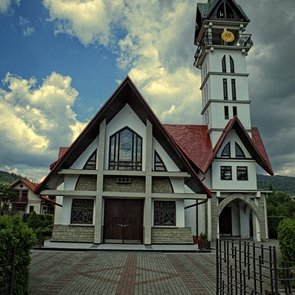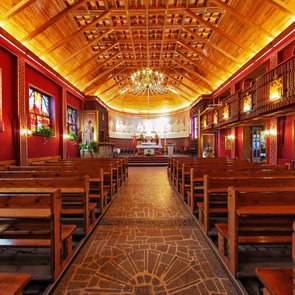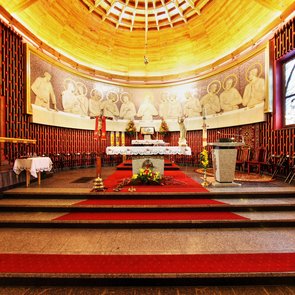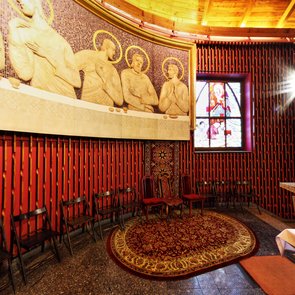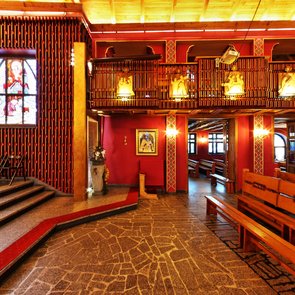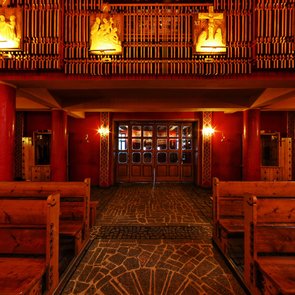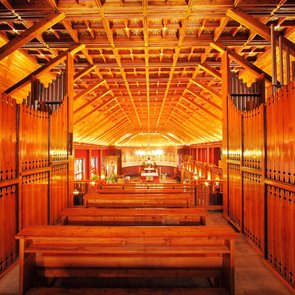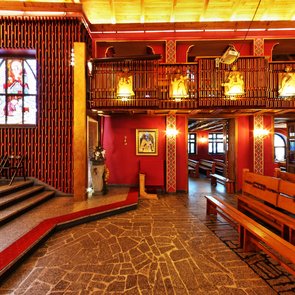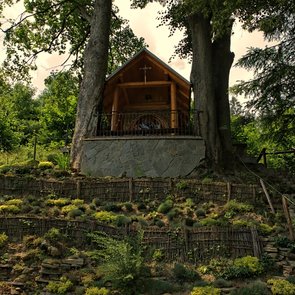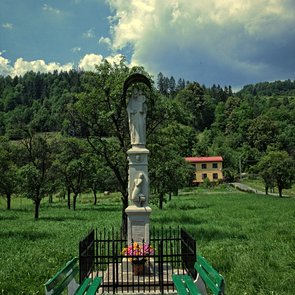Cisiec należał do Parafii w Milówce. We wsi nie było nawet kaplicy, w której choćby okazjonalnie można było odprawić Mszę św. Wzniesienie własnej świątyni było marzeniem i ambicją wielu pokoleń mieszkańców wsi. W końcu znalazła się garstka osób, które zaczęły energicznie zabiegać o własny, cisiecki kościół. Było to na początku lat siedemdziesiątych. Liczne pisma, prośby i wnioski pozostawały bez odpowiedzi władz. W tym czasie, w 1971r. Do Milówki trafił ks. Władysław Nowobilski. Do jego obowiązków między innymi należała katechizacja w Ciścu. Po bezskutecznych zabiegach w wielu urzędach, parafianie wpadli na pomysł urządzenia kaplicy w jakimś istniejącym już pomieszczeniu. Wybór padł na starą, nieczynną już piekarnię rodziny Śleziaków. Przy bliższych oględzinach okazało się jednak, że budynek nie może pełnić tej funkcji. Wtedy postanowili wybudować kaplicę od podstaw lecz w tajemnicy przed wszelkimi urzędnikami. Według planów miał to być "dom dwurodzinny". Takie właśnie projekty zostały zatwierdzone przez władze.
Zobacz także


